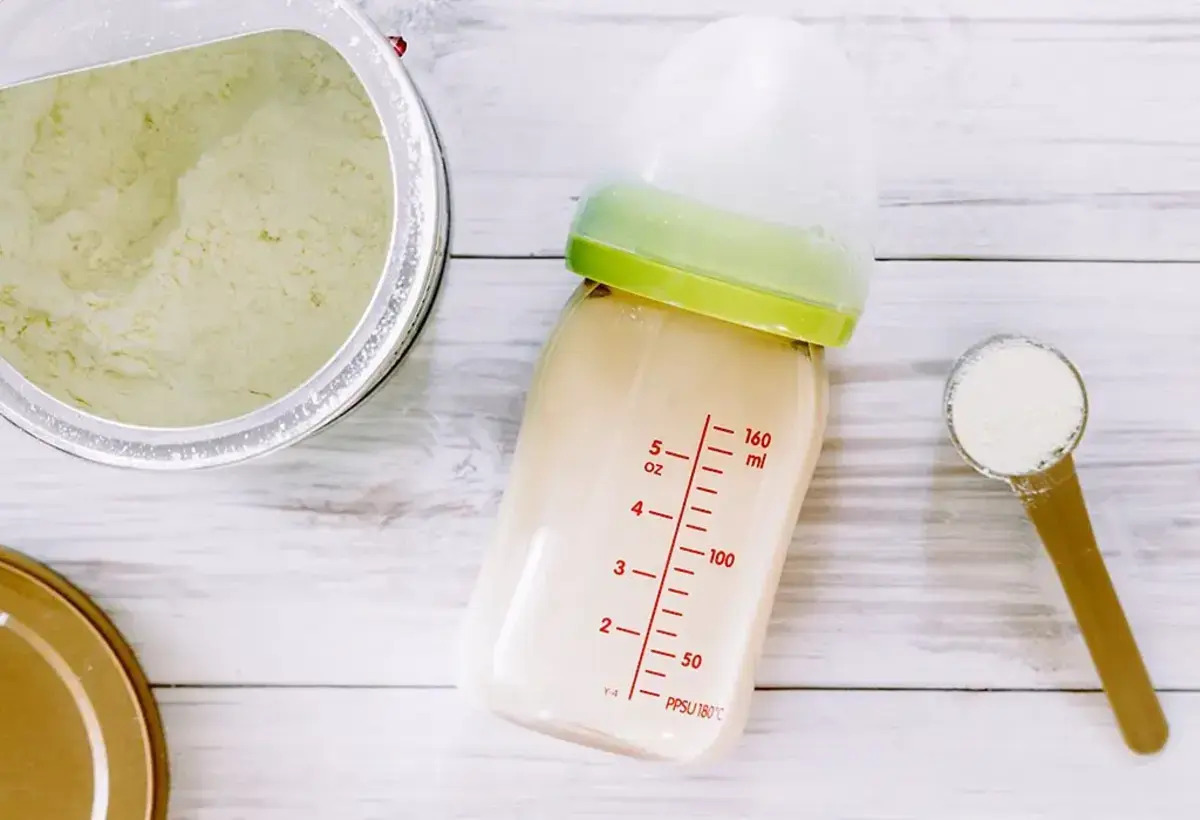

Articles
How To Store Formula Milk
Modified: January 5, 2024
Discover helpful articles on how to store formula milk properly and ensure your baby's health. Follow our expert tips for safe and convenient formula milk storage.
(Many of the links in this article redirect to a specific reviewed product. Your purchase of these products through affiliate links helps to generate commission for Storables.com, at no extra cost. Learn more)
Introduction
Formula milk is a convenient and reliable alternative for parents who are unable to breastfeed or choose not to. It provides essential nutrients for the healthy growth and development of infants. However, it is important to properly store formula milk to ensure its safety and quality.
In this article, we will guide you through the steps of storing formula milk correctly. From choosing the right formula milk to safely preparing, storing, and heating it, you will learn everything you need to know to keep your baby’s formula milk fresh and free from contamination.
By following these guidelines, you can ensure that your baby receives the best possible nutrition and minimize any potential risks associated with formula milk storage.
Key Takeaways:
- Choose the right formula milk by considering your baby’s age, dietary needs, and budget. Consult with your pediatrician for personalized recommendations to ensure optimal nutrition and growth.
- Safely store, prepare, and discard formula milk to prioritize your baby’s health. Follow proper hygiene, refrigeration, and heating practices to minimize bacterial contamination and provide safe feeding for your baby.
Read more: How To Store Formula Milk For Night Feeds
Step 1: Choosing the Right Formula Milk
When it comes to selecting formula milk for your baby, it is important to consider their nutritional needs, any dietary restrictions, and your pediatrician’s recommendations. Here are some factors to consider when choosing the right formula milk:
- Age-appropriate formula: Formula milk is available in different stages based on the age of your baby. There are formulas specifically designed for newborns, infants, and toddlers. It is essential to choose the formula that is appropriate for your baby’s age to meet their changing nutritional requirements.
- Types of formula: There are different types of formula milk available, including cow’s milk-based, soy-based, and hydrolyzed formulas. Cow’s milk-based formula is the most common and suitable for most babies. However, if your baby has specific dietary needs or allergies, your pediatrician may recommend soy-based or hydrolyzed formula.
- Specialized formulas: Some babies may have digestive issues, such as colic or reflux. In such cases, specialized formulas like hypoallergenic or sensitive formulas may be recommended by your pediatrician. These formulas are designed to be gentle on the baby’s stomach and alleviate any discomfort or sensitivity.
- Read the labels: Before purchasing formula milk, make sure to read the labels carefully. Look for formulas that contain essential nutrients like iron, calcium, vitamins, and omega-3 fatty acids. Avoid formulas with added sugars, artificial flavors, or colors.
- Consider your budget: Formula milk can be an ongoing expense, so it’s important to consider your budget when selecting a brand. While more expensive does not necessarily mean superior quality, it is important to choose a reputable and trusted brand that meets the necessary standards.
It is advisable to consult with your pediatrician before making a final decision on the type of formula milk for your baby. They can provide personalized recommendations based on your baby’s specific needs and ensure they receive optimal nutrition.
Step 2: Preparing the Formula Milk
Proper preparation of formula milk is essential to ensure your baby’s health and safety. Follow these steps to prepare formula milk correctly:
- Wash your hands: Before preparing formula milk, thoroughly wash your hands with soap and warm water.
- Clean the equipment: Make sure all the feeding equipment, including bottles, nipples, and utensils, are thoroughly cleaned and sterilized. You can use sterilizing solutions, boiling water, or a dishwasher to ensure proper hygiene.
- Boil water: Fill a kettle with fresh tap water and bring it to a rolling boil. Boiling the water helps kill any potential bacteria or pathogens present.
- Cool the water: Allow the boiled water to cool to a temperature of around 158°F (70°C). This is the recommended temperature for formula milk preparation to kill any remaining bacteria while maintaining the nutritional content of the formula.
- Measure the water: Pour the recommended amount of cooled boiled water into a sterilized bottle. Refer to the instructions on the formula milk packaging for the appropriate water-to-formula ratio.
- Add formula: Using the included scoop, add the correct amount of formula powder to the bottle. It’s important to measure the formula powder accurately to maintain the proper nutrition balance.
- Secure the bottle: Place the sterilized nipple on the bottle and tightly secure the bottle cap. Shake the bottle gently to ensure the formula powder is completely dissolved.
- Check the temperature: Test the temperature of the formula milk by dripping a few drops on the inside of your wrist. It should feel warm, but not hot. If it is too hot, let it cool down before feeding.
- Feed immediately: Formula milk should be consumed within one hour after preparation. Discard any unused formula milk after that time to prevent bacterial growth.
Remember, it’s essential to follow the instructions provided by the formula milk manufacturer for the specific brand you are using. Improper preparation or storage of formula milk can lead to bacterial contamination and pose a risk to your baby’s health. If you have any concerns or questions, consult with your pediatrician for professional guidance.
Step 3: Storing the Prepared Formula Milk
Once formula milk is prepared, it’s important to store it properly to maintain its freshness and prevent the growth of harmful bacteria. Follow these guidelines for storing prepared formula milk:
- Refrigeration: If you do not plan to use the prepared formula milk immediately, it should be stored in the refrigerator. Place the capped bottle in the coldest part of the refrigerator, usually on a shelf, and ensure it is covered to prevent any contamination. The recommended temperature for storing prepared formula milk is between 32°F (0°C) and 40°F (4°C).
- Use within 24 hours: Prepared formula milk should be used within 24 hours of refrigeration. Discard any unused formula milk after this time to ensure your baby’s safety and prevent potential bacterial growth.
- Avoid freezing: It is generally recommended not to freeze prepared formula milk as it can affect the nutritional content and consistency. Freezing may also cause separation, resulting in an unappetizing texture for your baby.
- Do not mix fresh and old milk: Avoid mixing newly prepared formula milk with previously refrigerated milk. If you need to add more formula to a partially consumed bottle, prepare a fresh batch and use it separately.
- Label the bottle: It is helpful to label each bottle of prepared formula milk with the date and time of preparation. This ensures that you can easily track the storage time and prevent any possibility of using expired formula milk.
- Avoid room temperature storage: Formula milk should not be stored at room temperature for more than two hours. Bacteria can grow rapidly in a warm environment, potentially causing foodborne illnesses.
- Avoid reheating: It is best to feed your baby with freshly prepared formula milk. Reheating refrigerated formula milk multiple times can lead to nutrient loss and increase the risk of bacterial contamination.
Following these storage guidelines will help maintain the quality and safety of prepared formula milk for your baby. Always prioritize your baby’s health and well-being by ensuring proper storage practices are followed at all times.
When storing formula milk, always follow the manufacturer’s guidelines for preparation and storage. Use a clean, airtight container and store in the refrigerator for no more than 24 hours. Do not reheat previously warmed formula.
Step 4: Properly Heating the Formula Milk
Heating formula milk to the correct temperature is crucial to ensure your baby’s safety and comfort during feeding. Here are some guidelines for properly heating formula milk:
- Warm water method: Place the bottle of refrigerated formula milk in a container filled with warm water. Ensure that the water is not boiling hot to avoid scalding. Gently swirl the bottle occasionally to ensure even heating.
- Bottle warmer: If you have a bottle warmer, follow the manufacturer’s instructions to warm the refrigerated formula milk. Bottle warmers provide a consistent and controlled heating process, ensuring the milk is heated evenly.
- Avoid using a microwave: It is strongly recommended not to use a microwave to heat formula milk. Microwaves can create hotspots in the milk, which can burn your baby’s mouth and throat. They also heat the milk unevenly, increasing the risk of accidental burns.
- Test the temperature: Before feeding, it is essential to check the temperature of the heated formula milk. Drip a few drops on the inside of your wrist to ensure it is comfortably warm, but not too hot. Avoid feeding your baby formula milk that is too hot to prevent potential burns.
- Use immediately: Once heated, use the formula milk immediately. It is not recommended to reheat formula milk after it has been heated once. Discard any unused milk to prevent bacterial growth.
Remember, your baby’s safety is of utmost importance. Always be cautious when warming formula milk and test the temperature before feeding to prevent any injuries. It is also important to follow the instructions provided by the formula milk manufacturer for recommended heating methods and temperature ranges.
Read more: How To Store Baby Formula
Step 5: Discarding Unused Formula Milk
It is essential to properly manage and discard any unused formula milk to ensure your baby’s health and safety. Here are some guidelines for discarding unused formula milk:
- Time limit: Formula milk that has been prepared and left at room temperature should not be kept for more than two hours. After this time, bacteria can multiply rapidly and pose a risk to your baby’s health.
- Refrigeration time: Once formula milk has been refrigerated, it should be consumed within 24 hours. Discard any unused refrigerated formula milk after this period to avoid the risk of bacterial contamination.
- Throw away expired formula: Always check the expiration date of the formula milk before preparing it. If the formula has expired, it should not be used, and any prepared milk should be discarded immediately.
- Do not reuse: Once a bottle of formula milk has been partially consumed, it is not advisable to save it for later use. Discard any remaining milk in the bottle after feeding to prevent bacterial growth.
- Proper disposal: When discarding unused formula milk, pour it down the sink and flush it with water. Alternatively, you can dispose of the milk in a sealed container in the trash. While it is important to minimize waste, the safety of your baby should always be a priority.
- Follow local guidelines: Depending on where you live, there may be specific regulations or guidelines for the disposal of formula milk or other food products. Be sure to follow local guidelines to ensure you are following proper waste management practices.
Remember, it is crucial to adhere to these guidelines to prevent the risk of bacterial contamination and to keep your baby’s feeding routine safe and healthy. Always prioritize your baby’s well-being by ensuring that unused formula milk is discarded appropriately.
Conclusion
Properly storing formula milk is essential to ensure your baby’s health and well-being. By following the steps outlined in this article, you can maintain the freshness and safety of formula milk from choosing the right type to storing, heating, and discarding it correctly.
When choosing formula milk, consider your baby’s age, any dietary restrictions, and consult with your pediatrician for personalized recommendations. Ensure that the formula milk you select provides the necessary nutrients for your baby’s growth and development.
When preparing formula milk, always prioritize hygiene by washing your hands, cleaning equipment, and using boiled and cooled water. Measure the water and formula powder accurately to maintain the proper ratio, and feed the milk within one hour of preparation.
To store prepared formula milk, refrigeration is key. Use the milk within 24 hours, and avoid freezing or reheating it multiple times. Label bottles with the date and time of preparation to track storage time effectively.
When warming formula milk, use warm water or a bottle warmer while avoiding microwaves. Test the temperature before feeding to prevent any burns or discomfort for your baby.
If you have any unused formula milk, ensure it is discarded within the recommended time limits. Do not reuse partially consumed bottles and follow proper disposal guidelines to prevent bacterial growth and ensure a safe feeding routine.
Remember, the health and safety of your baby are of utmost importance. By implementing these guidelines, you can provide your baby with the best possible nutrition and minimize any potential risks associated with formula milk storage.
Frequently Asked Questions about How To Store Formula Milk
Was this page helpful?
At Storables.com, we guarantee accurate and reliable information. Our content, validated by Expert Board Contributors, is crafted following stringent Editorial Policies. We're committed to providing you with well-researched, expert-backed insights for all your informational needs.
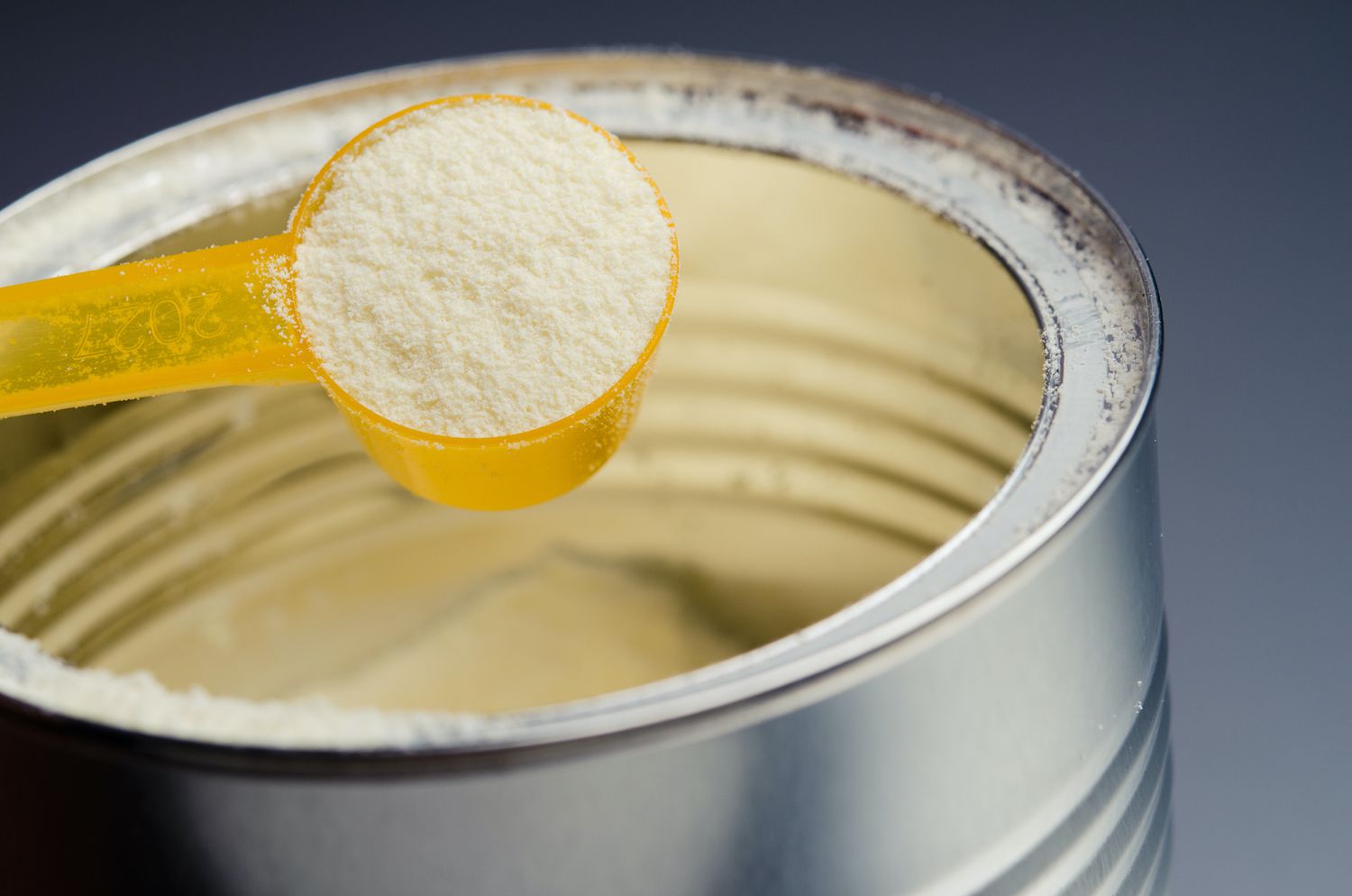
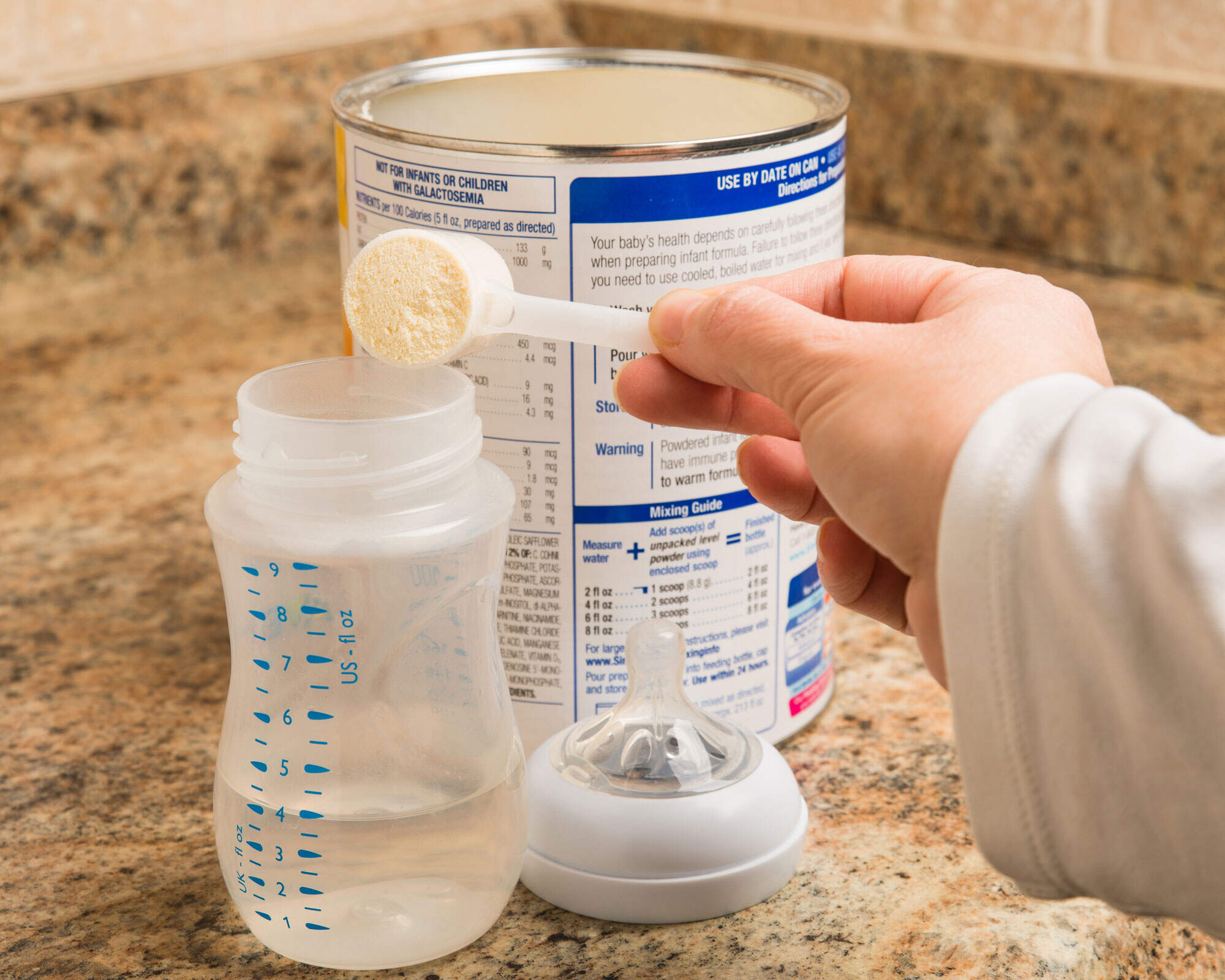
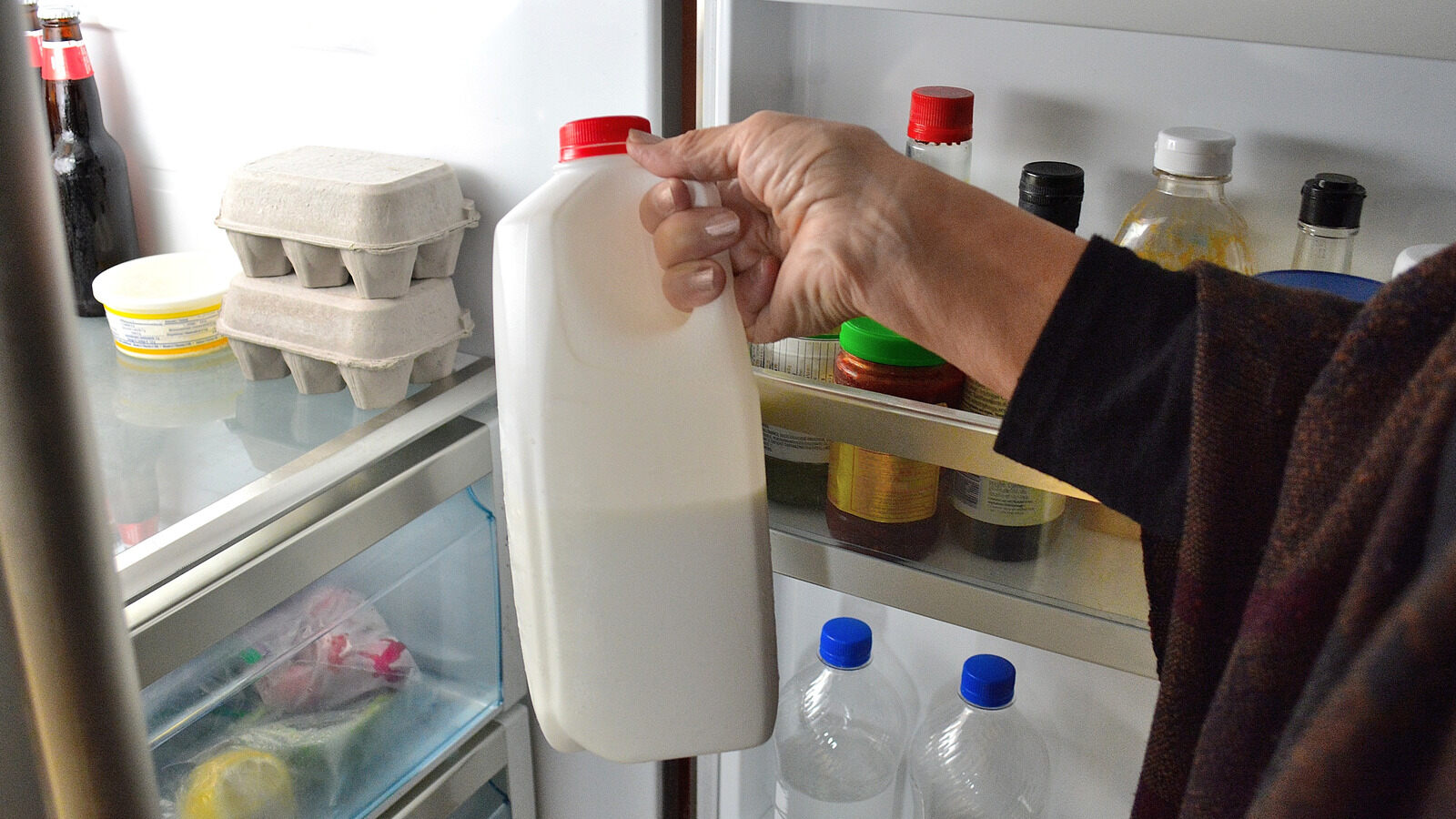
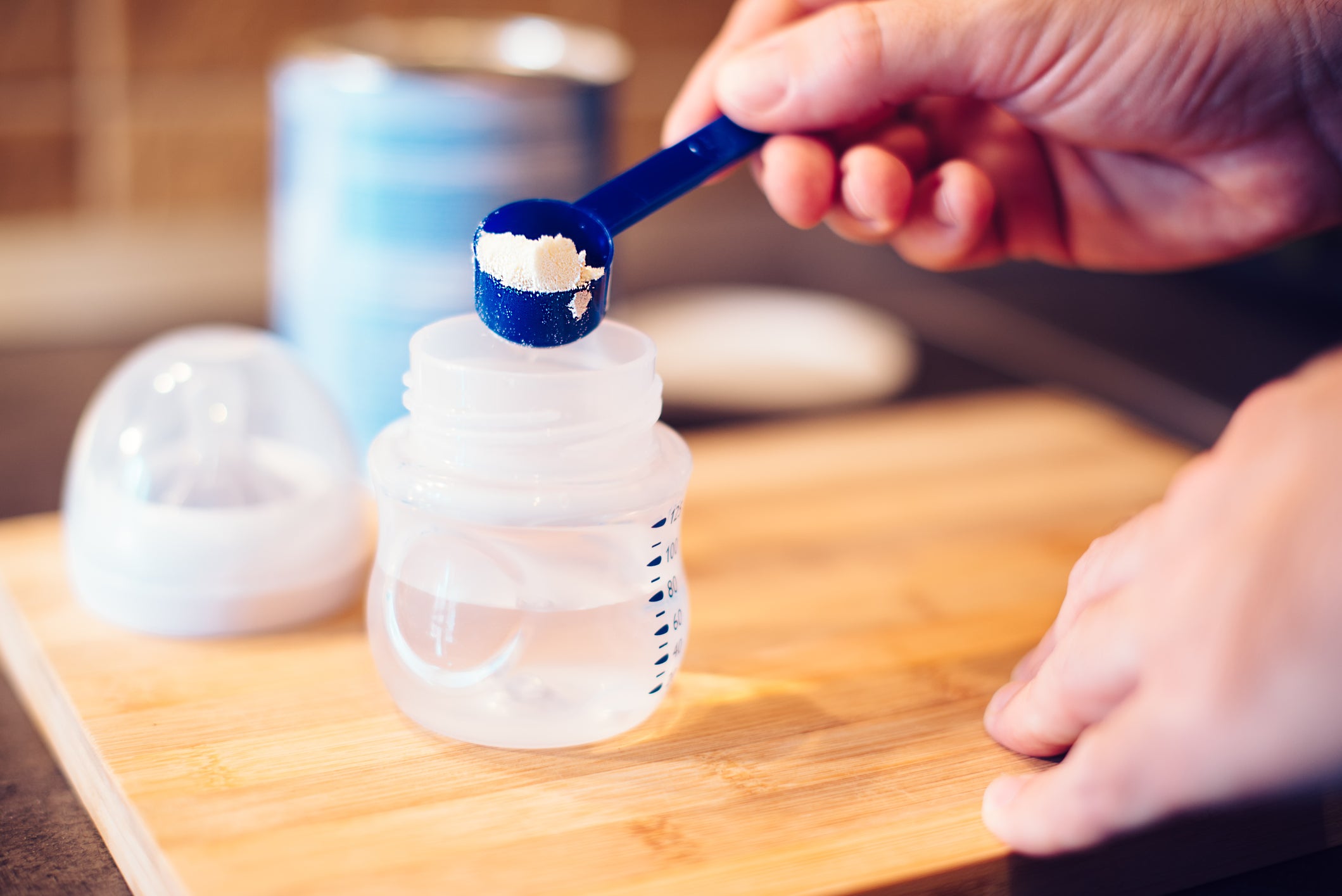
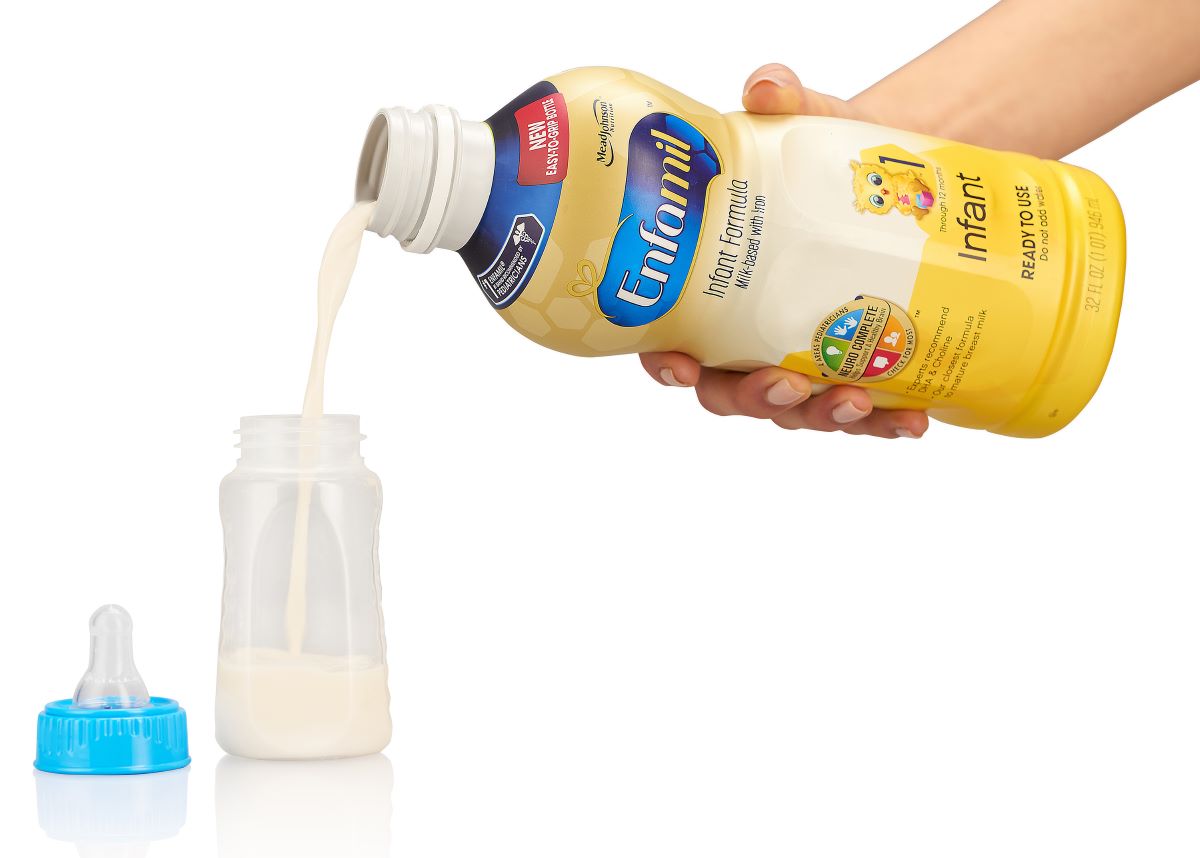
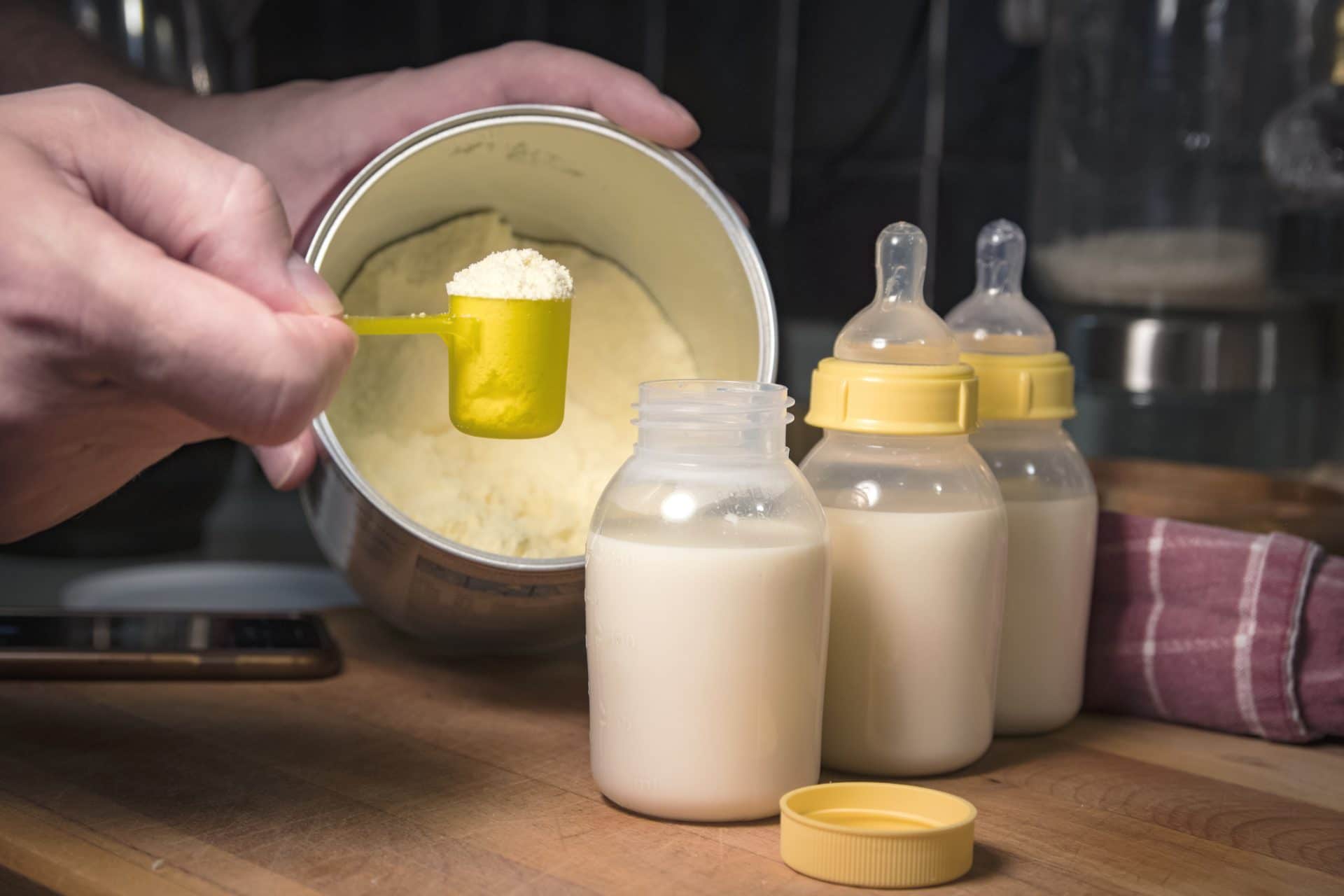
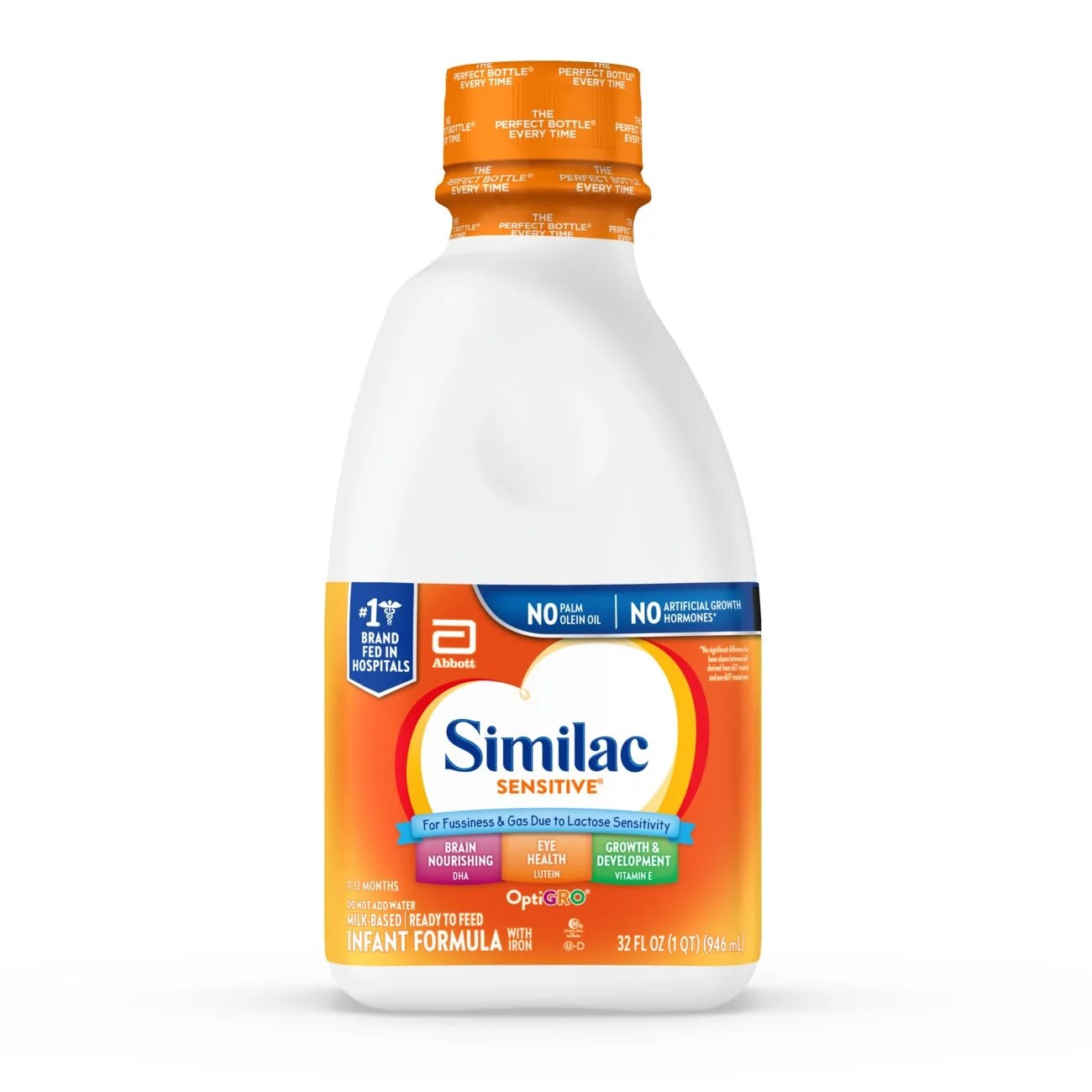
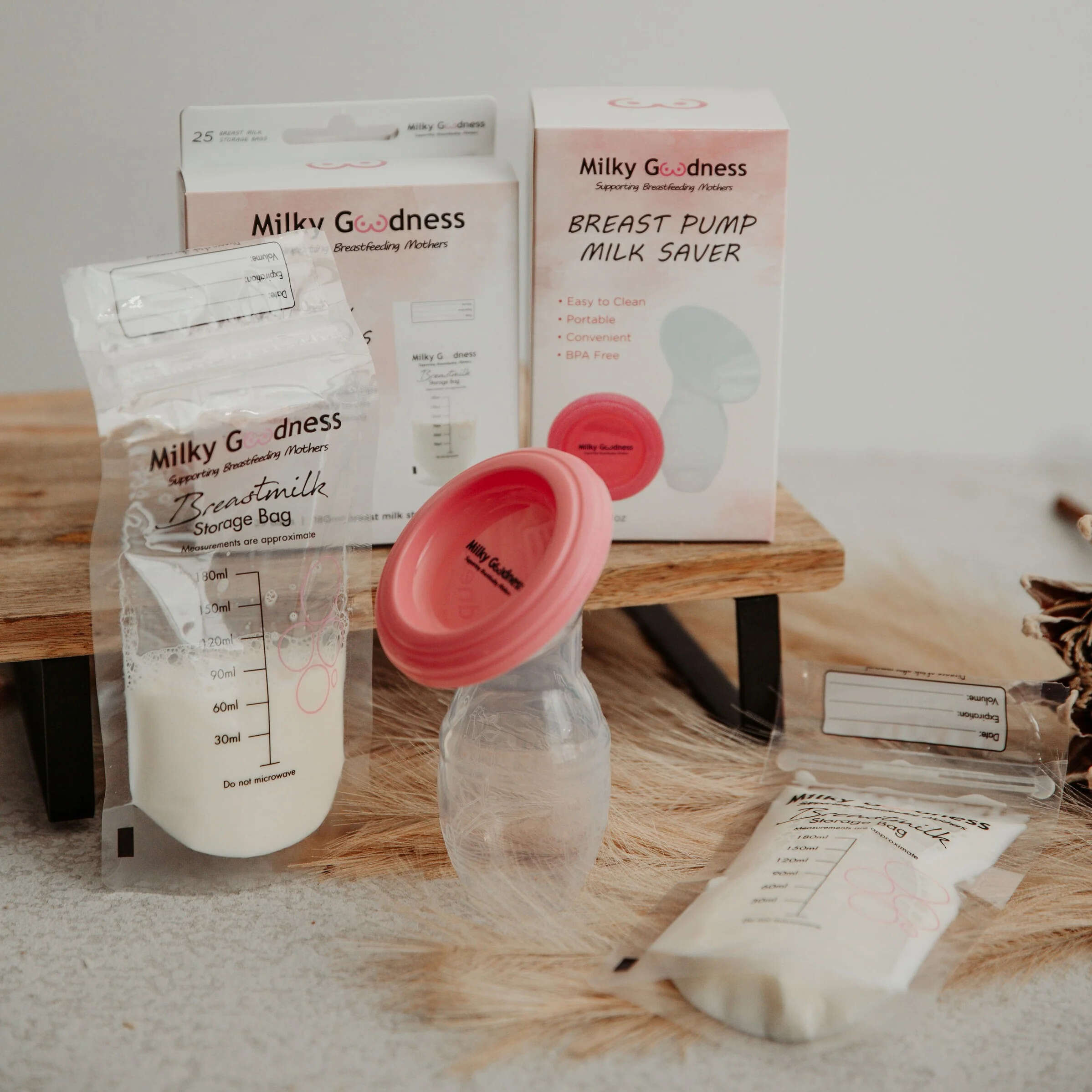
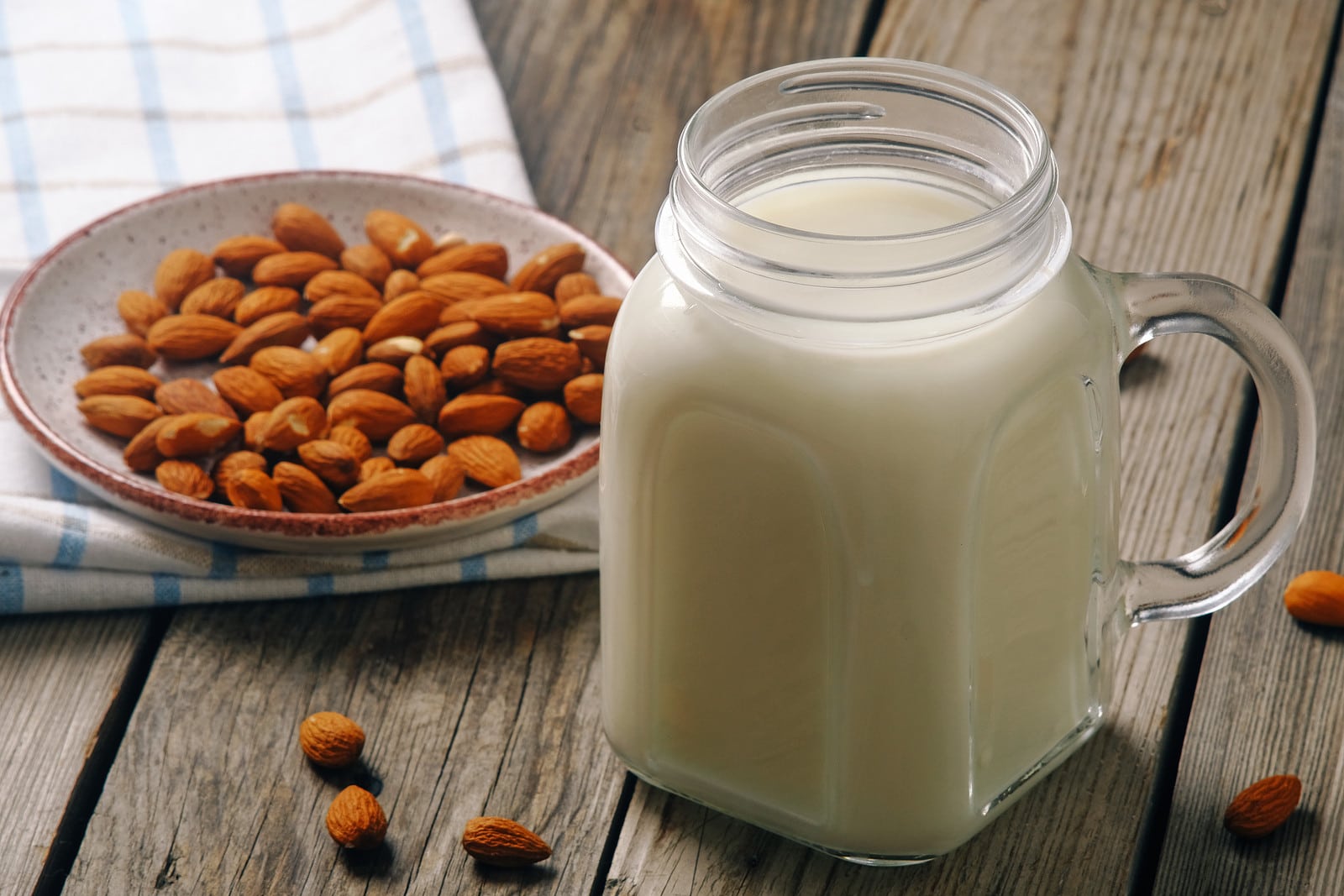
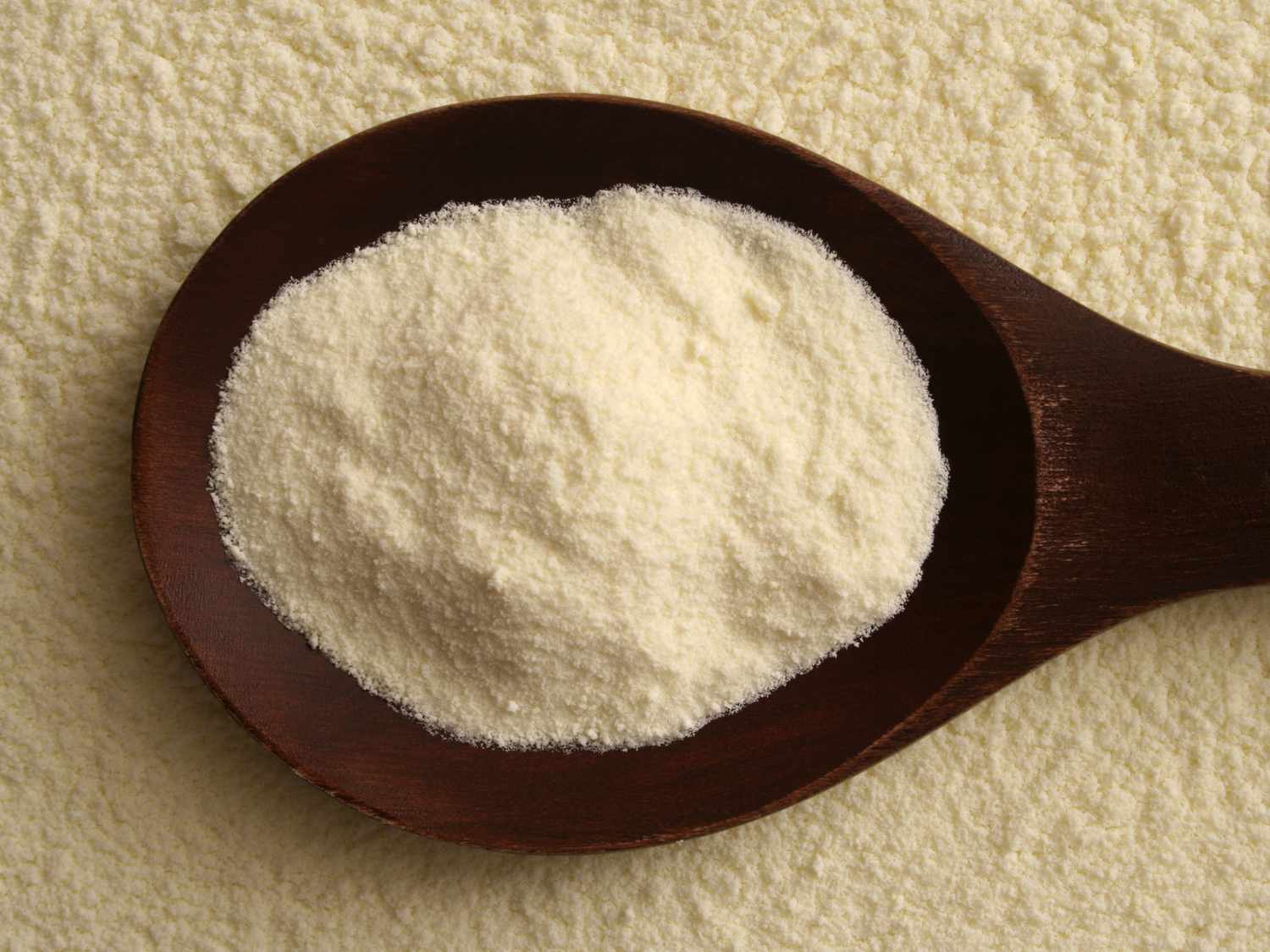
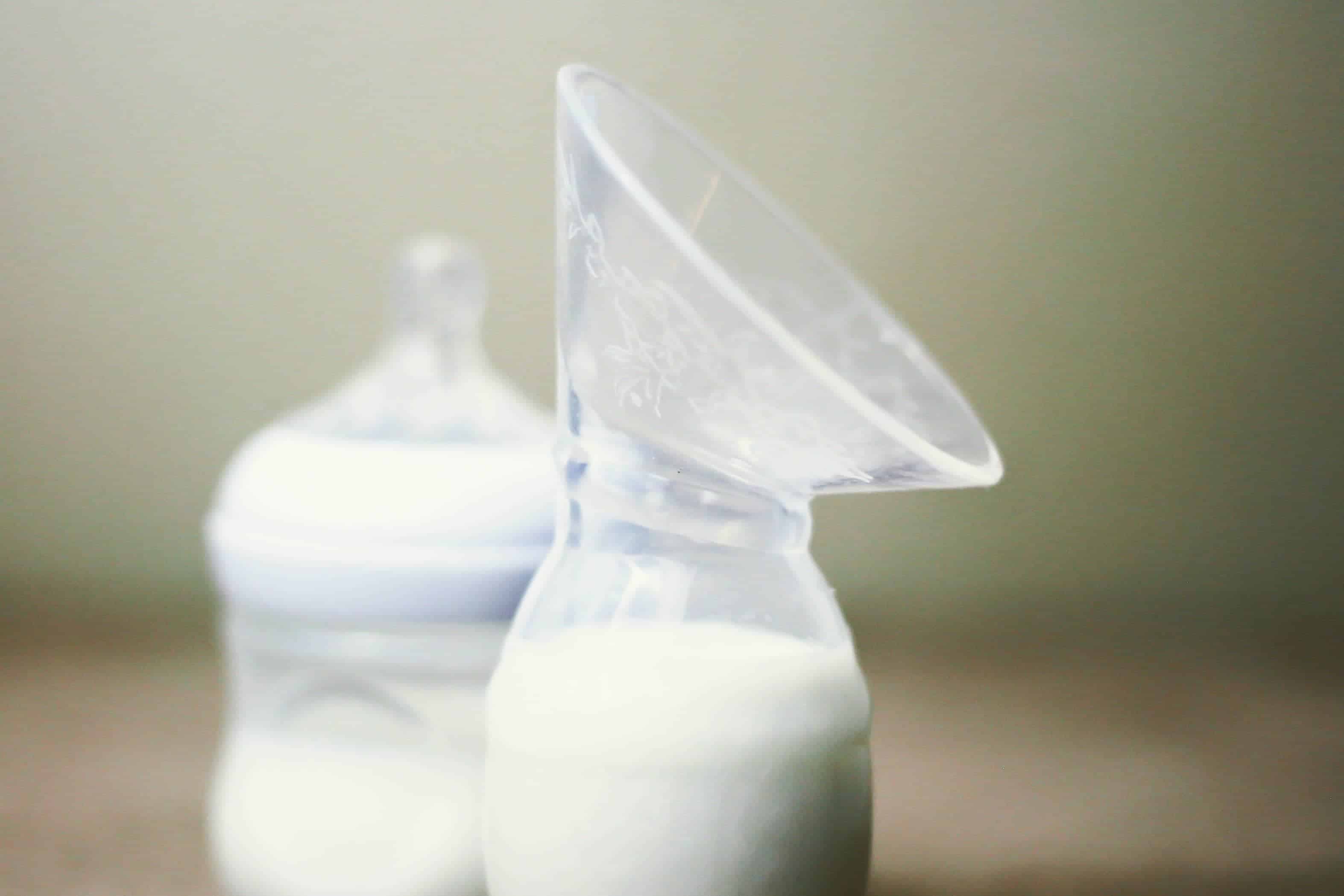
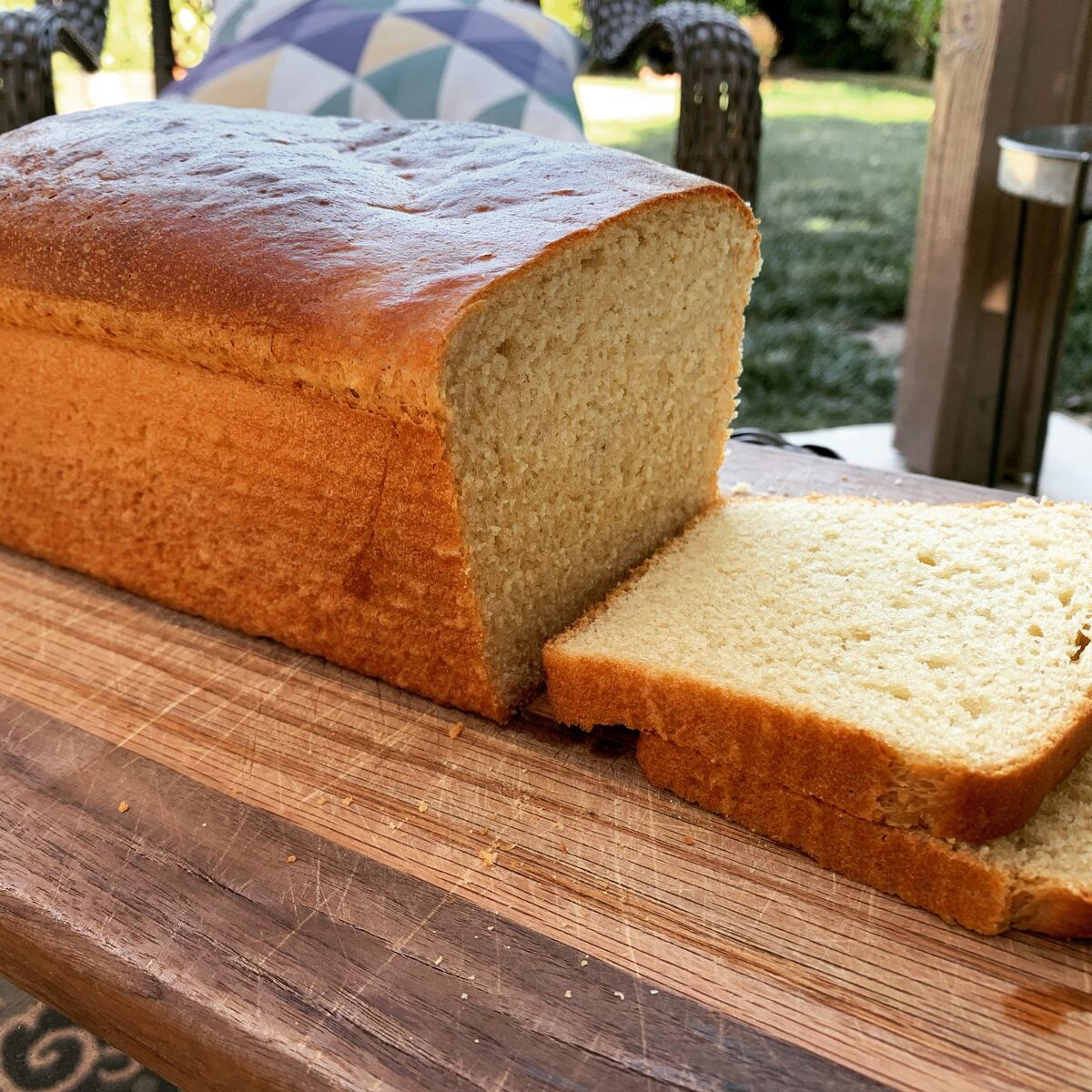
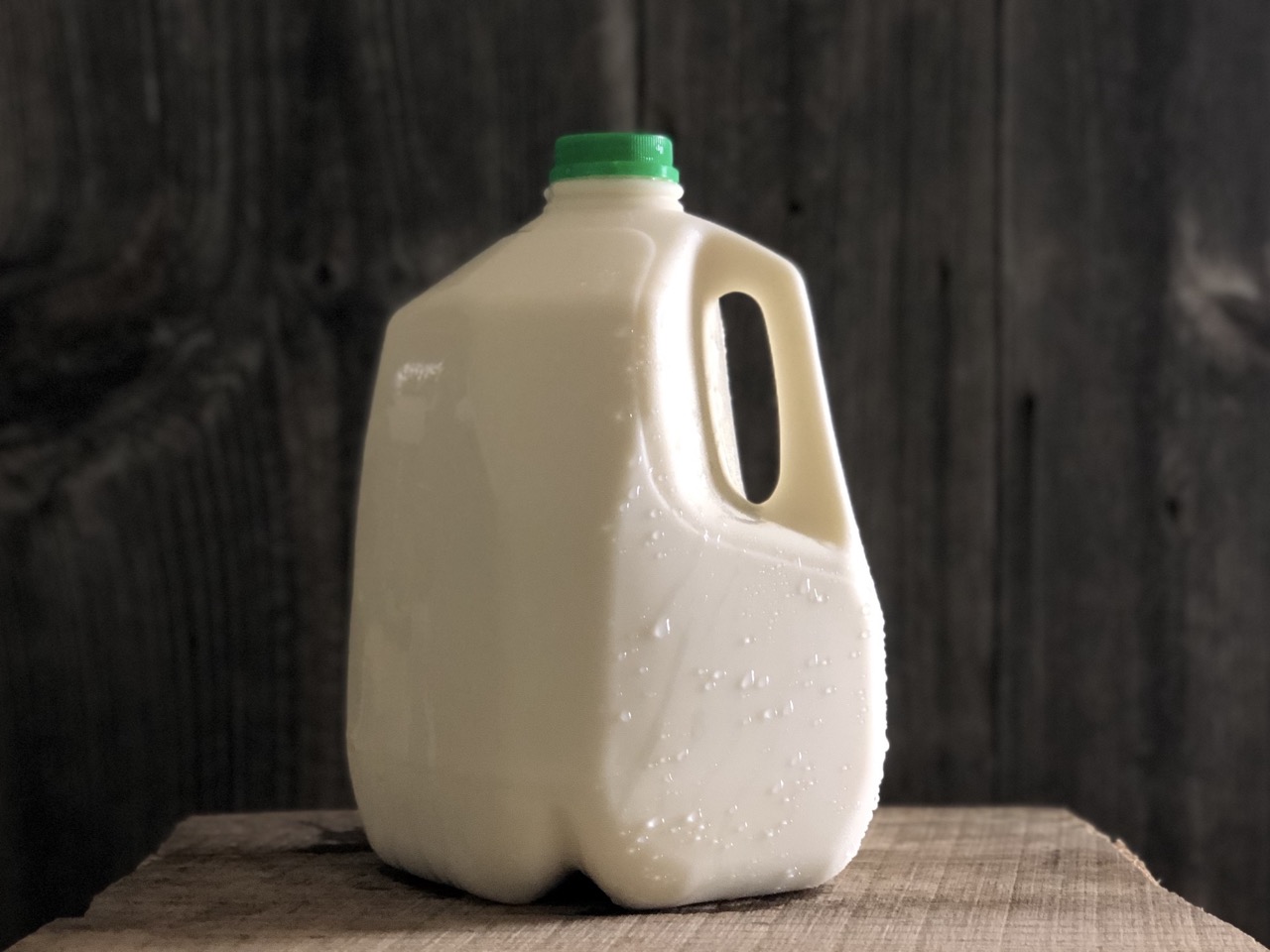
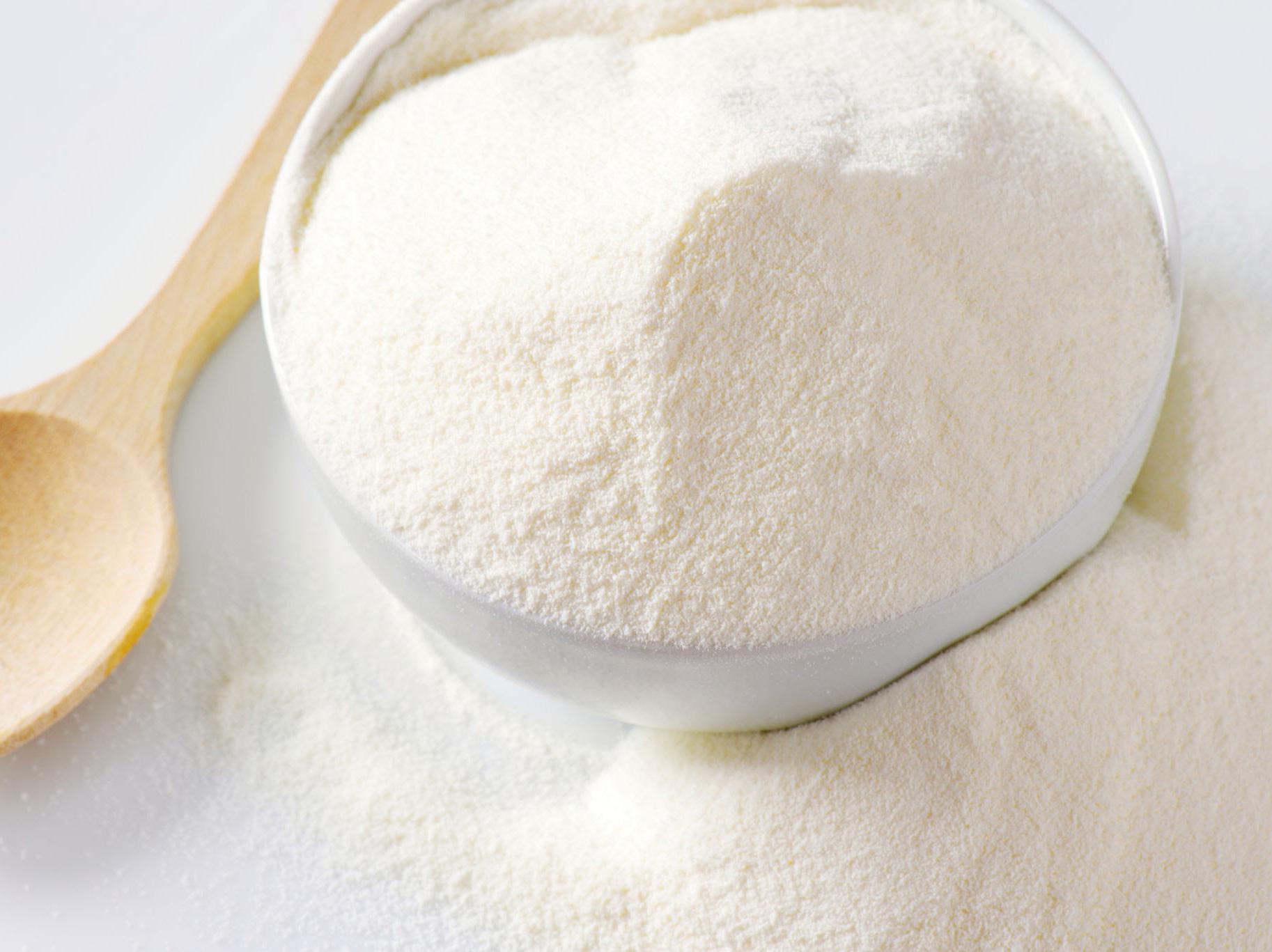

0 thoughts on “How To Store Formula Milk”